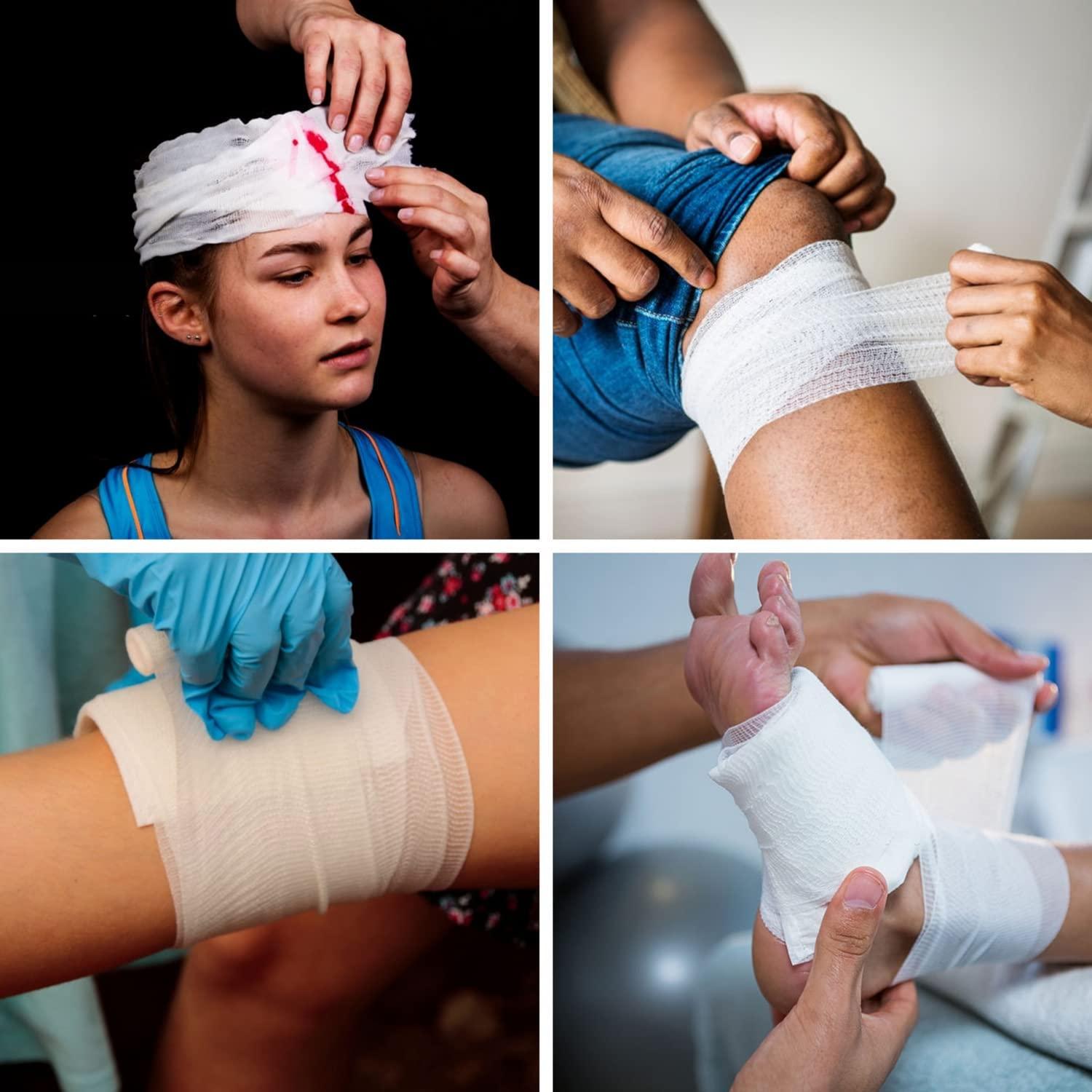When it comes to wound care, many of us might feel out of our depth. It’s not every day that we’re faced with a situation that calls for medical attention. However, as the CEO of BKA MED, I’ve seen enough to know that understanding the basics of wound dressing can be a lifesaver – especially when it involves something as simple yet crucial as gauze. It’s not just about slapping a piece of cloth on. It’s an art and science.

Why is Gauze the Go-To for Wound Dressing?
Gauze dressing is a skill you’ll want to have in your first aid arsenal. It’s versatile, breathable, and helps protect the wound from infection while allowing it to breathe and heal. Proper wound dressing can significantly accelerate healing. But what makes gauze stand out among the myriad of dressing options?

What Should You Consider Before Dressing a Wound?
Before you dive into the wrapping and rolling, it’s essential to understand the wound type. Is it a minor scrape or a deeper cut? The dressing for a small abrasion will differ from a surgical wound. Your approach should be tailored to ensure optimal healing. Sterility, size, and type of gauze are crucial factors to consider.

How Do You Prepare for Wound Dressing?
Firstly, cleanliness is next to godliness, especially in wound care! Ensure your hands are well washed and, if available, wear gloves. Gather all necessary supplies: sterile gauze, medical tape, scissors, and an antiseptic solution . Preparing everything beforehand makes the process smoother and reduces the risk of infection.
What’s the Step-by-Step Guide to Applying Gauze?
- Clean the wound gently with mild soap and water or an antiseptic wash.
- Pat the area dry with a clean towel.
- Place the sterile gauze pad over the wound. If it’s an open wound, use a gauze pad with antiseptic properties .
- Secure the gauze with medical tape or roll gauze to keep it in place.
- Ensure the dressing is snug but not too tight to hinder circulation.
How Often Should Gauze Be Changed?
It’s generally recommended to change the gauze dressing at least once a day or whenever it becomes wet or dirty. However, the frequency may vary depending on the wound’s condition and your doctor’s advice. Always check for signs of infection like increased pain, redness, or unpleasant odor .
What Are the Common Mistakes to Avoid?
Many well-intentioned folks make errors that can impede healing. Avoid using cotton directly on open wounds as fibers can stick to the wound, leading to irritation. Don’t tie the gauze too tightly as it can restrict blood flow. And most importantly, don’t neglect signs of infection or complications. If in doubt, consult a healthcare professional .
How Can You Tell if the Wound is Healing Properly?
Healing is a gradual process. Initially, you might notice redness and swelling, but these should diminish over time. New tissue will form, and the wound will gradually close. Look out for consistent reduction in size and depth of the wound, decreased pain, and absence of pus or foul smell.
Conclusion
Wrapping a wound with gauze is more than a rudimentary skill; it’s an essential aspect of first aid that everyone should know. By understanding the proper techniques and avoiding common pitfalls, you can ensure a safer and quicker recovery for yourself and others. Remember, while your newfound knowledge is powerful, always seek professional medical advice for serious injuries. Stay safe and wrap wisely!

